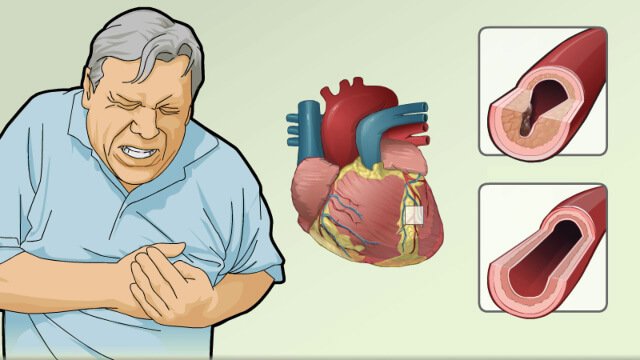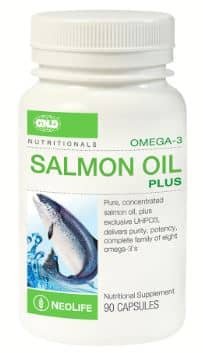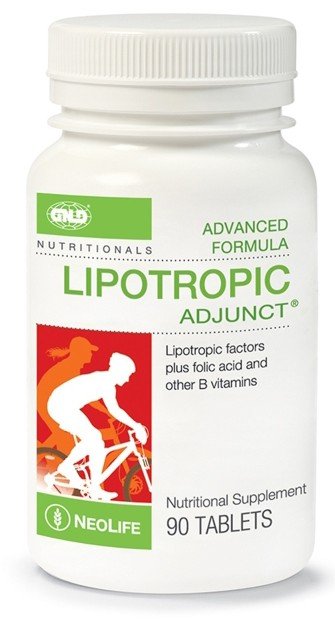Everything to know about Arteriosclerosis and Atherosclerosis
Arteriosclerosis and atherosclerosis are often mistaken for the same condition.
In the intricate tapestry of vascular health, understanding the causes and symptoms is pivotal in distinguishing between “arteriosclerosis and atherosclerosis.” These conditions, while intertwined in nature, manifest through unique pathways, each with its own set of risk factors and diagnostic criteria.
What Is Arteriosclerosis?
Arteriosclerosis is the general name for a group of conditions that cause arteries to become thick and stiff. Healthy arteries are stretchy and flexible, and they carry oxygen and nutrients via blood to and from your heart and lungs. When they stiffen, blood flow gets interrupted, causing circulation problems. This stiffening is called the hardening of the arteries.
There are different kinds of arteriosclerosis, including:
- Nonatheromatous arteriosclerosis. The main arteries harden due to age-related scarring, which is also called fibrosis. It’s called nonatheromatous because it isn’t related to atheroma — or fat build-up.
- Mönkeberg’s arteriosclerosis. The artery walls become hard from calcium deposits. This condition is usually related to increasing age, but it doesn’t cause blood clots, artery narrowing, or circulation problems.
- Hyaline arteriolosclerosis. The condition affects small arteries and arterioles (smaller branches of arteries) in people with diabetes. The artery walls thicken, narrow and weaken, leading to blocked blood flow.
- Hyperplastic arteriolosclerosis. The condition can leave protein deposits along your artery wall and cause your arteries to thicken and narrow. People with high blood pressure have a higher chance of getting this condition.
- Atherosclerosis. Often confused with arteriosclerosis, this condition is caused by a fatty, waxy build-up — called plaque — in your arteries, leading to clogged arteries and reduced blood flow.
- High blood pressure, high cholesterol, and diabetes are factors that increase the chances of getting arteriosclerosis.
What Are the Warning Signs of Arteriosclerosis?
Lots of people don’t know they have arteriosclerosis until they have a heart attack or aneurysm. An aneurysm happens when the artery walls weaken, widen, and bulge.
Some signs and symptoms of arteriosclerosis might include:

- Chest pain
- Shortness of breath
- Sweating
- Pain in your arm or shoulder
- Feeling sick
- Coughing
- Lightheadedness
- Severe headaches
- Trouble speaking
- Vision problems
- Leg pain
What Is the Treatment for Arteriosclerosis?
Depending on the kind and severity of your condition, your doctor may recommend lifestyle changes such as:
- Regular exercise
- Eating a healthier diet low in sugar, fat, and sodium
- Keeping a healthy weight
- Stopping smoking
- Drinking less alcohol
They may also recommend medications that include:
Vitamins C and E are known to dissolve plaque in arteries. Vitamin C helps reduce inflammation and prevent the oxidation of LDL cholesterol, which can lead to plaque buildup. Vitamin E has antioxidant properties that can also prevent LDL cholesterol from oxidizing.
Natural treatments include consuming a heart-healthy diet such as the Mediterranean diet, getting enough regular exercise, and consuming omega-3 fatty acids and curcumin.
Because garlic may help lower high blood pressure, it may also help prevent the scarring and hardening associated with atherosclerosis. Some research has also shown that aged garlic extract can help reduce the amount of “soft plaque” in the arteries.
Generally, any substance that is capable of liquefying (or mobilizing) crystallized fats is required. Conversely, any substance that can help prevent oxidation of cholesterol into plaque, resist unwanted fat building in the liver, kidney and heart can be a perfect solution.
What Is Atherosclerosis?
Atherosclerosis is a specific type of arteriosclerosis. It happens when plaque, cholesterol, and fatty substances build up in your arteries and cause them to narrow. This buildup can lead to an artery blockage that disrupts blood flow.
Atherosclerosis is a slow and gradual disease, but it can worsen quickly. Risk factors for the condition include:
- Family history of early heart disease
- Smoking
- Eating a diet high in saturated fat
- Lack of exercise
- Type 1 diabetes
- Obesity
- High cholesterol
- High blood pressure
If atherosclerosis affects the arteries that supply blood to your heart, the condition might lead to coronary artery disease. Here, the plaque in the coronary artery causes your blood to clot. These clots block the blood supply to your heart muscles, leading to weakening of the heart and finally heart failure over time.
What Are the Signs of Atherosclerosis?
Like arteriosclerosis, lots of people may not know they have atherosclerosis until they have a heart attack. You might have some signs like:
- Angina — or chest pain
- Shortness of breath
- Weakness
- Tiredness
- Lightheadedness
If you have these symptoms and high cholesterol, high blood pressure, or high amounts of fat in your blood, your doctor might suggest testing to check for atherosclerosis.
What Is the Treatment for Arteriosclerosis and Atherosclerosis?
Atherosclerosis treatment includes lifestyle and dietary changes similar to those for arteriosclerosis. Your doctor may prescribe medications as well as some surgical or nonsurgical procedures.
Medications. Depending on your health, your doctor will prescribe cholesterol-lowering medications as well as blood thinners to prevent blood clots and medications to lower your blood pressure.
Angioplasty. A common atherosclerosis treatment is a coronary angioplasty with or without a stent. In this procedure, your surgeon inserts a catheter with a balloon on the end into your artery to open it up. Sometimes, a metal coil called a stent is placed in your artery to support the arterial walls and help keep them open.
Bypass surgery. If you have severe coronary artery blockages, you might need coronary artery bypass surgery. A piece of artery from your leg will be added to your heart’s arterial network in order to create a new clear and strong artery for the blood to flow through.
RED FLAG
If you’re having chest pains or other symptoms from the list above, talk to your doctor right away.
Credit: James Beckerman, Cheryl Whittle, WebMD




